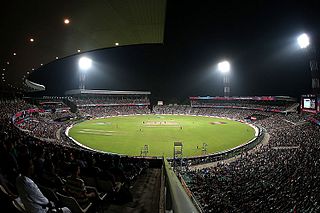It is proposed that this article be deleted because of the following concern:
If you can address this concern by improving, copyediting, sourcing, renaming, or merging the page, please edit this page and do so. You may remove this message if you improve the article or otherwise object to deletion for any reason. Although not required, you are encouraged to explain why you object to the deletion, either in your edit summary or on the talk page. If this template is removed, do not replace it . The article may be deleted if this message remains in place for seven days, i.e., after 14:43, 7 January 2019 (UTC). Nominator: Please consider notifying the author/project: {{subst:proposed deletion notify |John Capon (cricketer)|concern=Player did not play in first-class matches, as suggested by the article. Given the matches were in the 1740s and single-wicket games, there's no chance these will be given retrospective first-class status. Only two sources say he existed too, but curiously no coverage on CricketArchive. Fails [[WP:CRIN|CRIN]] and [[WP:GNG|GNG]].}} ~~~~ |
John Capon (dates unknown) was an English professional cricketer who played for London Cricket Club and Surrey during the 1740s and 1750s. He was a noted single wicket performer. Nothing is known of him apart from his participation in first-class cricket matches.

Cricket is a bat-and-ball game played between two teams of eleven players on a field at the centre of which is a 20-metre (22-yard) pitch with a wicket at each end, each comprising two bails balanced on three stumps. The batting side scores runs by striking the ball bowled at the wicket with the bat, while the bowling and fielding side tries to prevent this and dismiss each player. Means of dismissal include being bowled, when the ball hits the stumps and dislodges the bails, and by the fielding side catching the ball after it is hit by the bat, but before it hits the ground. When ten players have been dismissed, the innings ends and the teams swap roles. The game is adjudicated by two umpires, aided by a third umpire and match referee in international matches. They communicate with two off-field scorers who record the match's statistical information.
The original London Cricket Club was formed by 1722 and was one of the foremost clubs in English cricket over the next four decades, holding important match status. It is closely associated with the Artillery Ground, where it played most of its home matches.
Surrey county cricket teams have been traced back to the 17th century, but Surrey's involvement in cricket goes back much further than that. The first definite mention of cricket anywhere in the world is dated c.1550 in Guildford.
